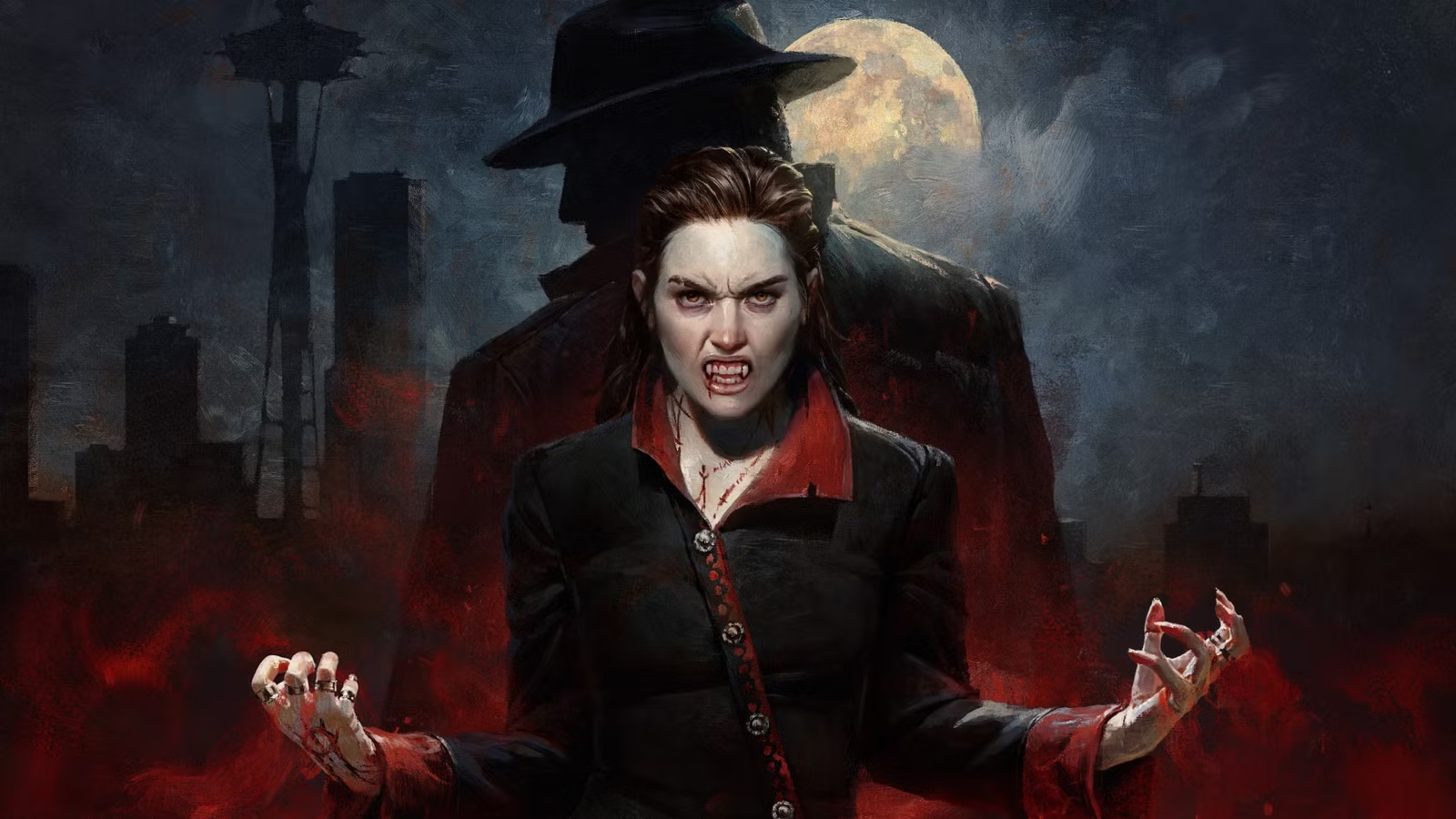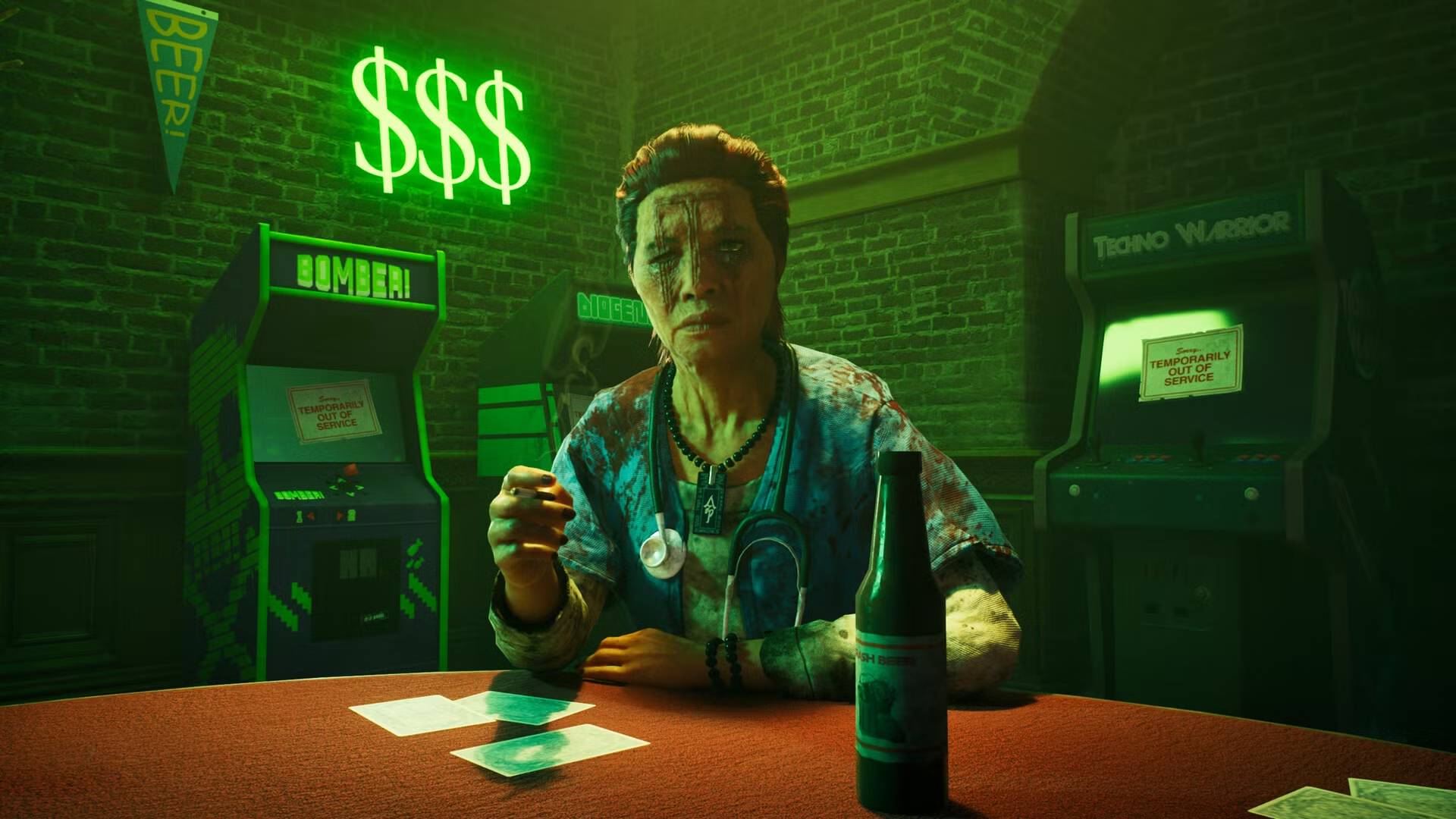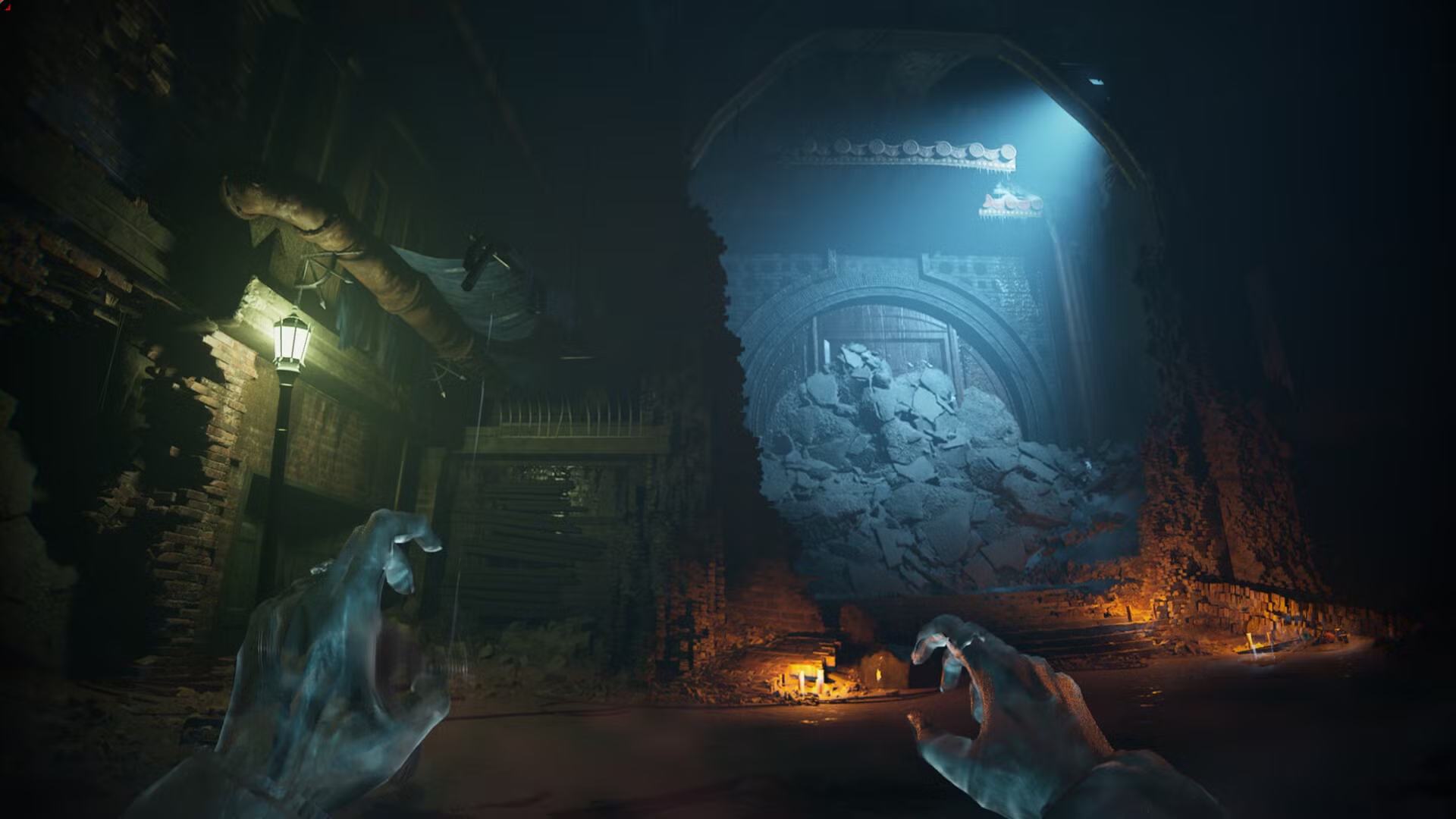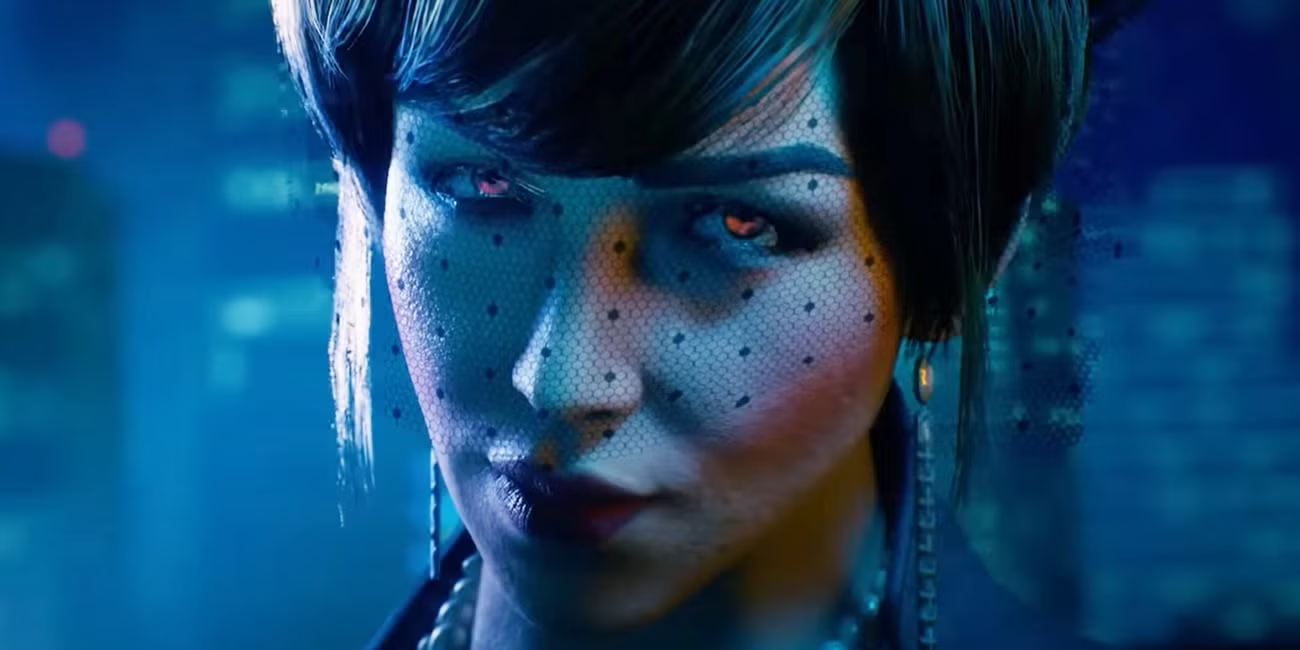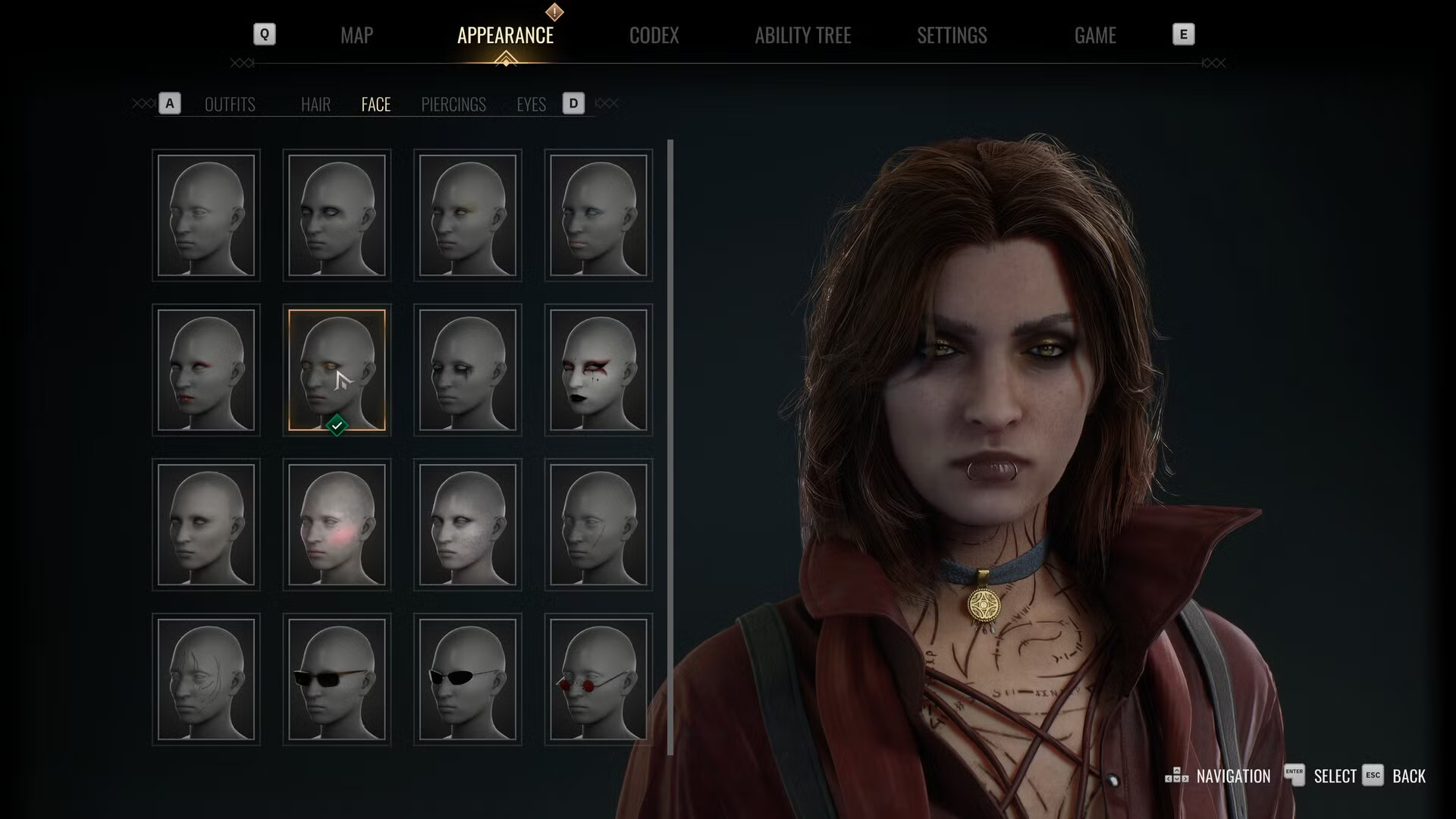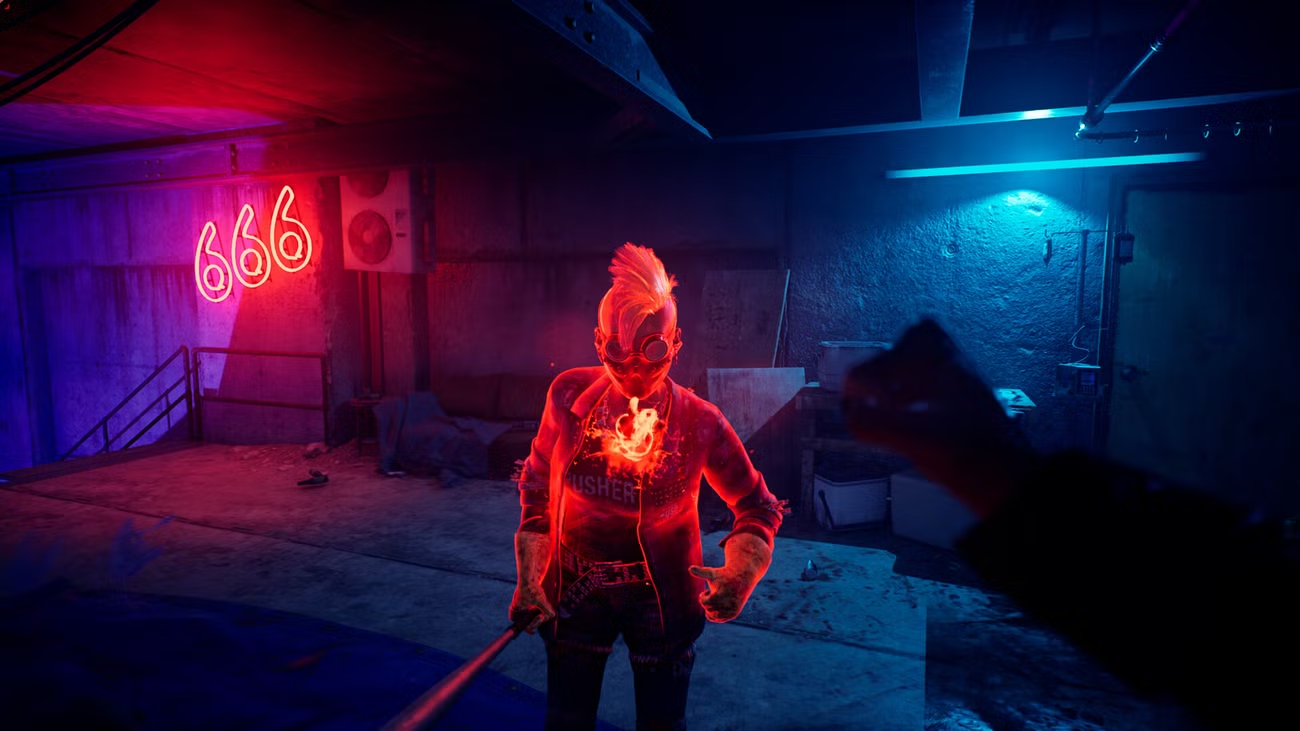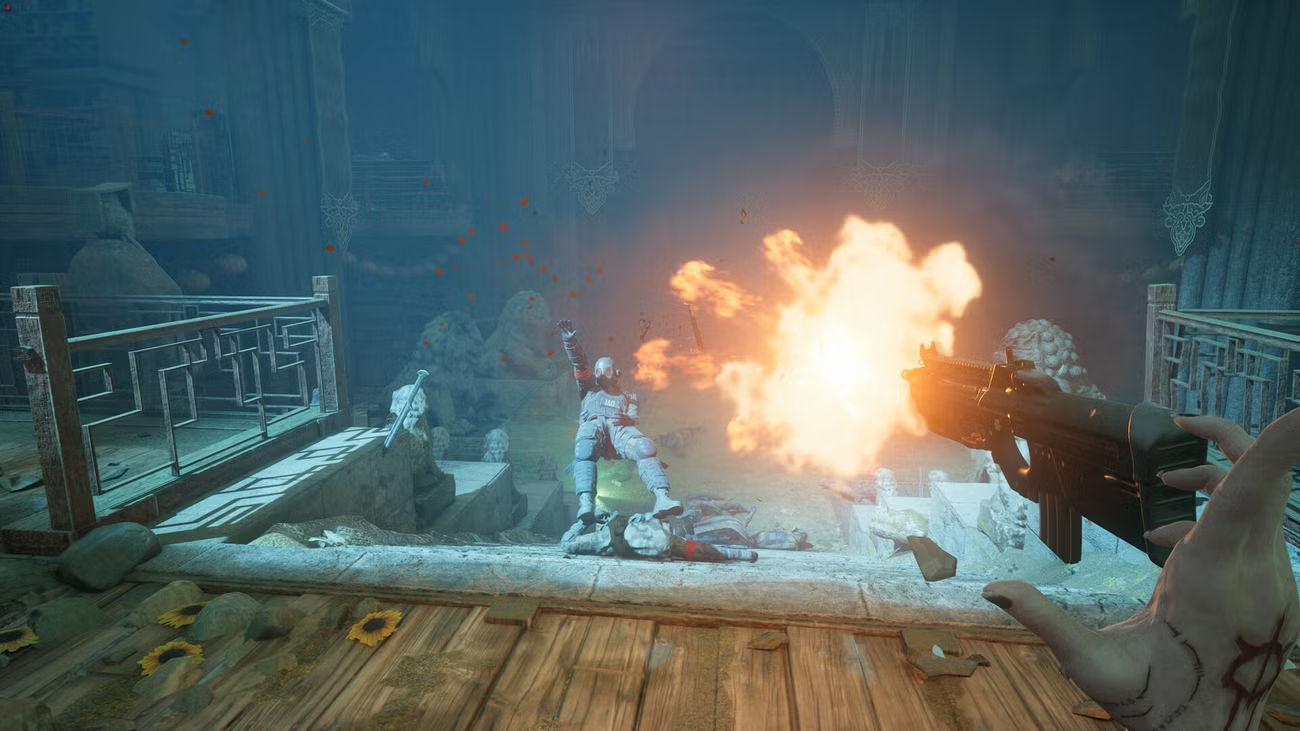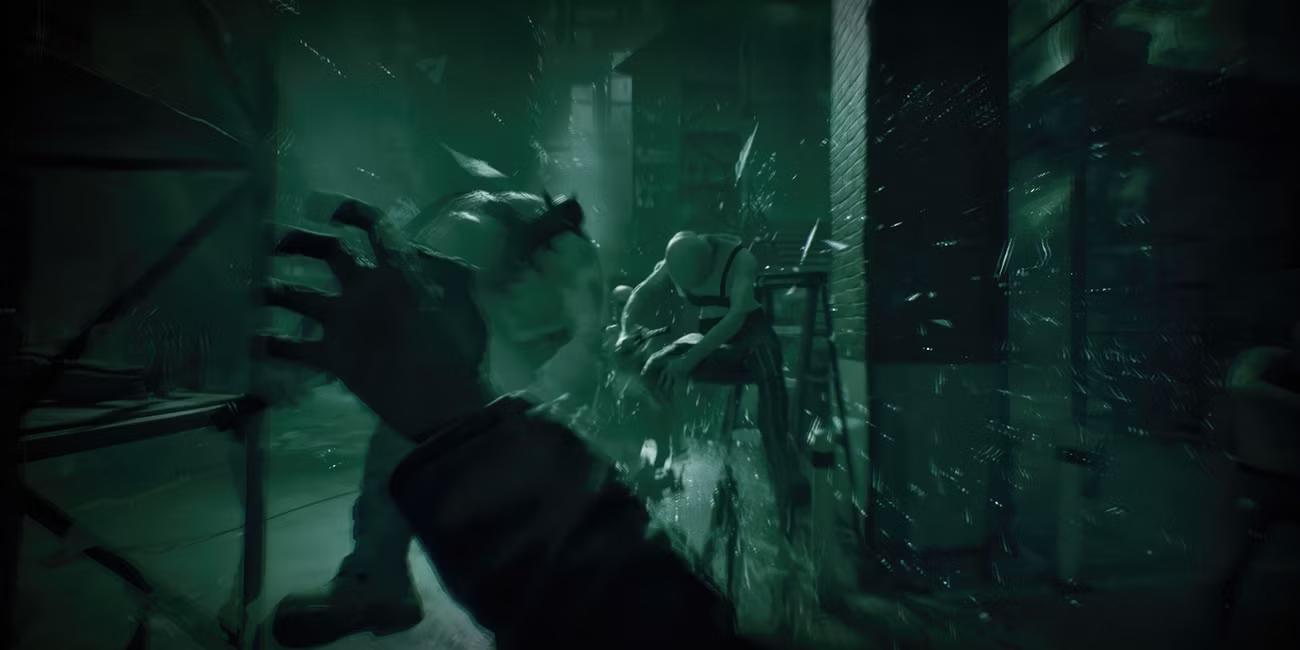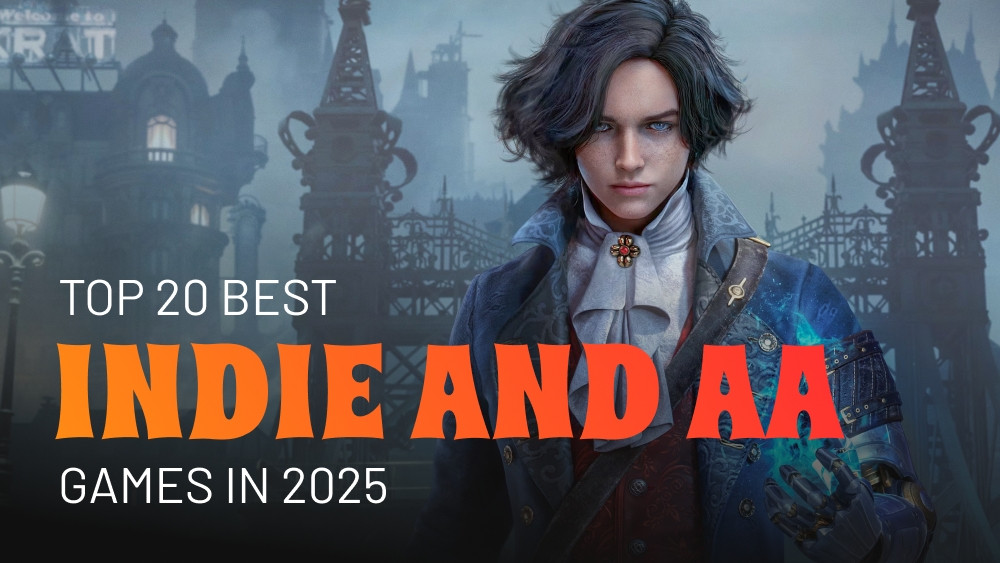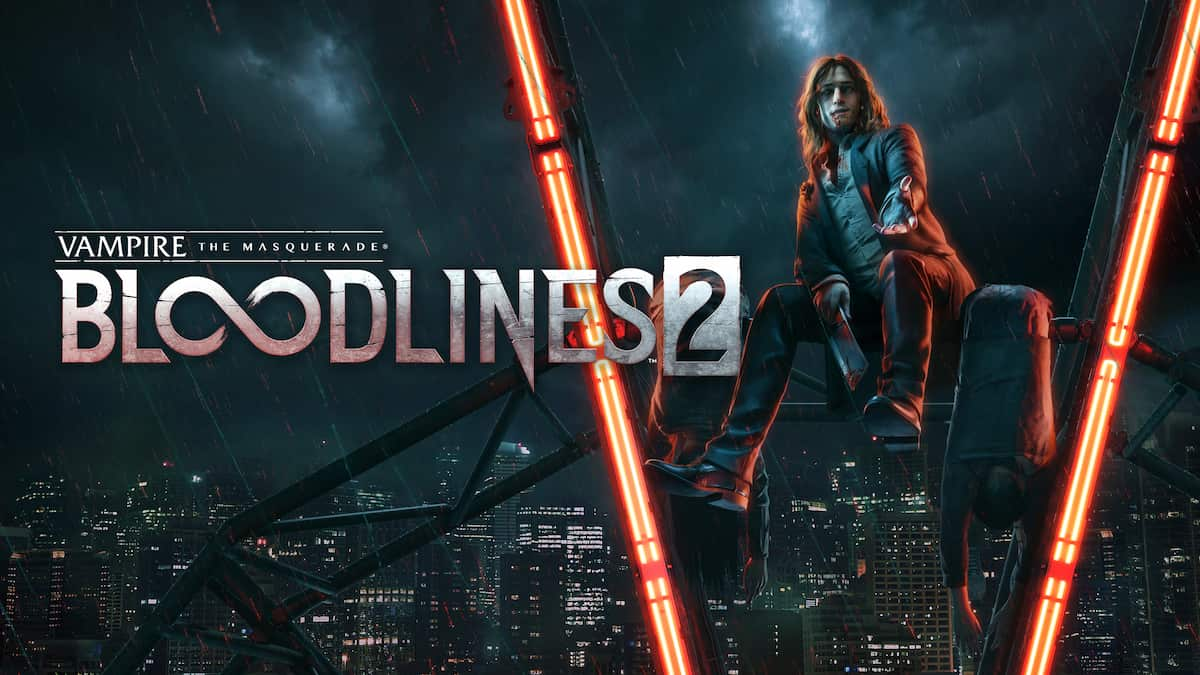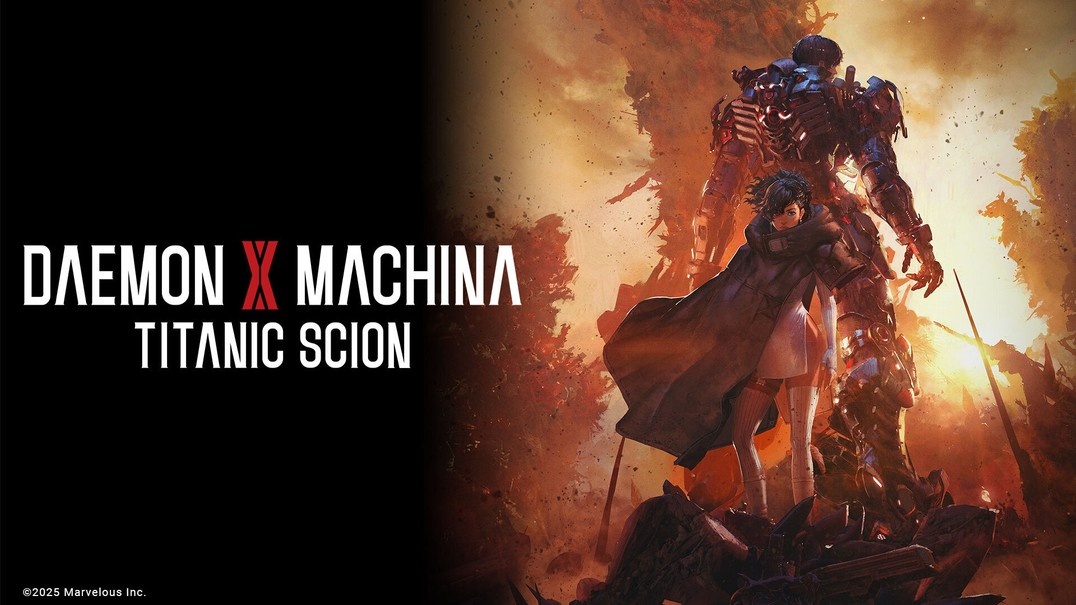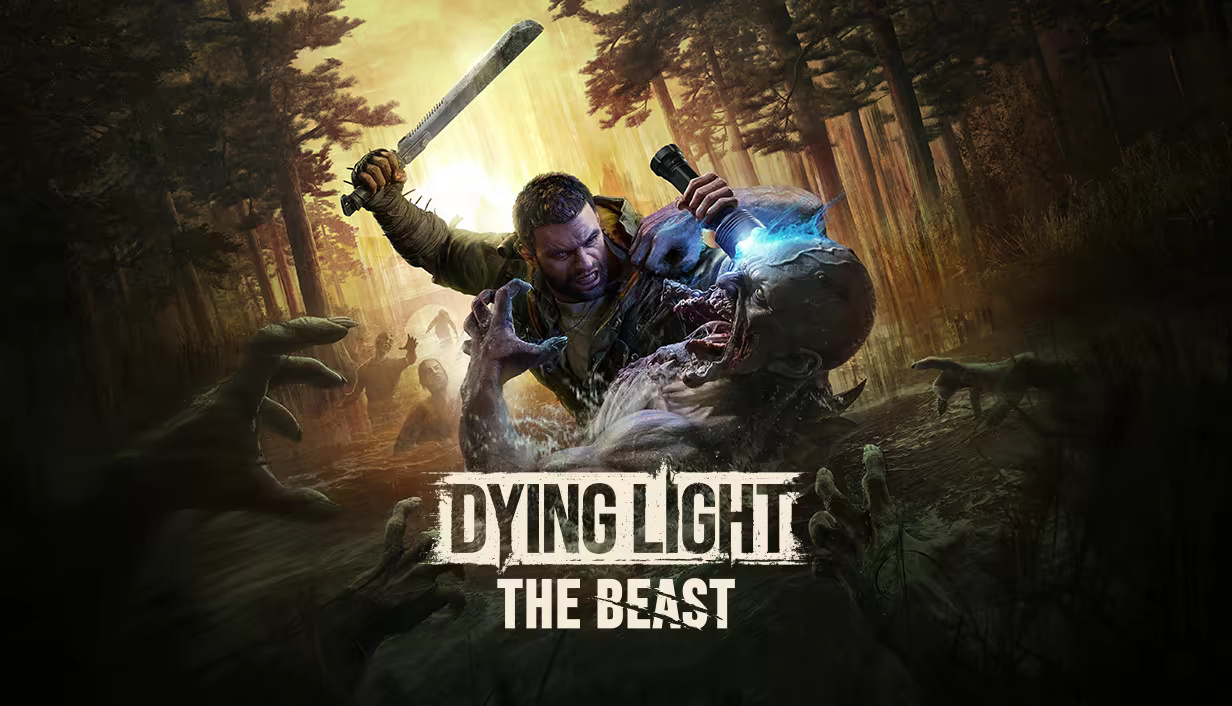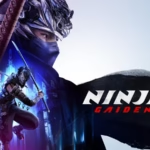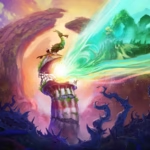Vampire: The Masquerade – Bloodlines 2 Review: When Masterful Writing Saves Mediocre Gameplay
Twenty years after Troika Games dropped the original Vampire: The Masquerade – Bloodlines on unsuspecting PC gamers, its sequel finally arrived after one of the messiest development cycles in recent memory. Multiple studio changes, complete creative reboots, and years of delays left fans wondering if Bloodlines 2 would ever actually ship—or if it would be worth playing when it did.
Now that it’s here, courtesy of narrative specialists The Chinese Room, the answer is complicated. Bloodlines 2 delivers some of 2025’s most compelling storytelling wrapped around gameplay systems that range from genuinely exciting to frustratingly half-finished. Sound familiar? If you played the 2004 original, it absolutely should.
What Made the Original Special (And Why That Matters)
The first Bloodlines earned its cult classic status through a specific alchemy: brilliant writing and atmosphere covering for deeply flawed mechanics. Combat felt clunky even by 2004 standards. RPG systems were underdeveloped. Quest design was often basic. But none of that mattered to fans who got hooked on the game’s dark, confident take on modern vampires navigating political intrigue in grimy Los Angeles.
That willingness to forgive mechanical shortcomings in favor of exceptional narrative and worldbuilding is crucial context for approaching Bloodlines 2. The Chinese Room—known for narrative-focused games like Still Wakes the Deep and Everybody’s Gone to the Rapture—clearly prioritized story over systems. Whether that’s acceptable depends entirely on what you value in RPGs.
Seattle’s Shadows: The Story That Works
Bloodlines 2 drops you into the role of Phyre (also called “Nomad”), a centuries-old vampire with a fearsome reputation who finds themselves in Seattle just as the Camarilla—vampire government, essentially—undergoes major power shifts. Think of Phyre like Cyberpunk 2077’s V: you can shape personality through dialogue choices and define some backstory elements, but core motivations and values are predetermined.
This represents a significant departure from the original’s more traditional blank-slate protagonist. Some players will miss that freedom. Others will appreciate how Phyre’s defined character enables The Chinese Room to craft a tighter, more focused narrative that doesn’t have to account for wildly different player-created personalities.
The plot itself revolves around unraveling Seattle’s tangled vampire politics—exposing secrets, illuminating shadowy history, and navigating factional intrigue. What makes it work is confidence. The writing trusts you to keep up without over-explaining every detail. Characters feel purposeful rather than checking diversity boxes or fulfilling genre requirements. Lore stays internally consistent. The whole thing moves with assured competence toward a messy climax that kept me invested.
This confidence extends to the broader Vampire: The Masquerade setting, which originated as a tabletop RPG in the early ’90s. It’s one of the few urban fantasy properties that feels genuinely mature—not in the shallow “lots of blood and swearing” sense, but in its willingness to explore moral complexity without constantly reassuring audiences or apologizing for its subject matter. These are blood-drinking monsters, and the story doesn’t try to make them cute or sympathetic beyond what the narrative demands.
Modern big-budget games often seem terrified of alienating anyone, resulting in stories that feel focus-grouped into bland safety. Bloodlines 2 doesn’t have that problem. It knows what it is and commits fully, which is refreshing.
Combat and Traversal: The Good Parts
When Bloodlines 2’s moment-to-moment gameplay clicks, it’s genuinely fun. Phyre moves like an apex predator—sprinting across ground with inhuman speed, leaping impossibly high, gliding, double-jumping, and scaling walls. This mobility makes both exploration and combat feel frenetic and dynamic in ways that remind me of Dishonored at its best.
The ability system encourages experimentation. You can only equip four powers at once, forcing meaningful choices about loadout. Want to focus on stealth and misdirection? Load up on shadow manipulation and mental domination. Prefer direct confrontation? Grab damage-dealing blood magic and physical enhancement powers. The telekinesis ability available at all times adds another layer—grabbing and hurling objects (or firing guns without touching them) never gets old.
Combat encounters in the game’s second half, when enemy variety peaks and environments offer more tactical options, can be genuinely excellent. There’s a particular late-game sequence involving [avoiding spoilers] that showcases exactly what Bloodlines 2’s combat can achieve when it’s firing on all cylinders.
The problem is that these strong mechanical moments exist within systems that never fully develop.
Where the Gameplay Falls Apart
Seattle itself is the first major disappointment. The original Bloodlines made Los Angeles feel like a character—grimy, secretive, packed with hidden encounters and environmental storytelling. Seattle in Bloodlines 2 feels generic and lifeless by comparison. The snow-covered streets look fine visually, but they’re empty in ways that matter. There’s no density, few interesting discoveries, and limited reason to explore beyond following quest markers.
Side quests epitomize the problem. Most follow the exact formula you’d expect: go here, talk to someone or grab something, come back. They rarely connect meaningfully to the main story or each other. Worse, many offer either no reward or only grant specific XP types that are easily obtained elsewhere. Why would I spend 15 minutes on a forgettable fetch quest when I could just progress the main story instead?
Collectibles scattered throughout Seattle suffer the same fate—so numerous and randomly placed that hunting them feels like pointless busywork rather than rewarding exploration.
The RPG systems needed to support this structure simply don’t exist. There are no stats to allocate. No gear to find and equip. No items to collect and use creatively. Progression is only the ability system, and since you can only use four powers at once, unlocking new abilities feels less like getting stronger and more like just getting different options. Passive abilities exist but require enormous effort to unlock for negligible impact.
This conservative approach to progression means you never feel genuinely powerful despite being a legendary vampire. There’s no satisfying power curve. You start reasonably capable and end reasonably capable, just with different tools. For an RPG about an ancient supernatural predator, that’s disappointing.
Quest design rarely leverages Phyre’s unique abilities in interesting ways. You have telekinesis, superhuman mobility, mental domination, and various magical powers—but missions almost never require creative application of these tools. Most objectives boil down to “fight these enemies” or “talk to this person,” with your abilities just determining how you fight rather than opening fundamentally different approaches.
The Technical Side: Mostly Solid
From a pure technical perspective, Bloodlines 2 runs reasonably well on modern hardware. I encountered occasional visual glitches and one crash across approximately 20 hours of gameplay, which is acceptable if not exemplary. Load times are quick on SSD. The voice acting is strong across the board, with Phyre’s various dialogue options feeling distinct rather than like palette-swaps of the same personality.
Visually, the game looks good without pushing technical boundaries. Character models are detailed, facial animations convey emotion effectively, and Seattle’s perpetual gloom creates appropriate atmosphere. It’s not going to challenge whatever GPU you’re running, but it doesn’t need to. The aesthetic serves the story.
Who This Game Is Actually For
Here’s the honest assessment: if you’re looking for deep RPG systems, extensive side content, or innovative gameplay mechanics, Bloodlines 2 will disappoint. Games like Baldur’s Gate 3, Cyberpunk 2077, or even Dragon Age: The Veilguard offer far more mechanical depth and content variety.
But if you prioritize narrative and atmosphere, and can tolerate gameplay that ranges from “good enough” to “actively fun in specific moments,” Bloodlines 2 delivers something genuinely special. The writing is sharp, confident, and engaging in ways most games don’t attempt. The Vampire: The Masquerade setting remains one of the most interesting in gaming. Phyre’s story kept me invested straight through to the end, even during gameplay segments that felt rote.
It’s also worth considering Bloodlines 2 as a 20-25 hour experience rather than a 60+ hour open-world epic. Viewed as a relatively compact, story-focused action-adventure that happens to have light RPG elements, it succeeds far better than when judged as a full-featured RPG.
The Legacy Question
Does Bloodlines 2 live up to its predecessor’s legacy? In the ways that matter most to fans of the original—yes, absolutely. It captures that same “exceptional writing covering for flawed gameplay” dynamic that defined the first game. It maintains the series’ dark, unapologetic tone. It trusts players to engage with complex lore and morally ambiguous characters.
In other ways—mechanical polish, quest design, open-world implementation—it actually regresses from what the original attempted, even if execution there was also flawed.
But here’s the thing: cult classics aren’t cult classics because they’re mechanically perfect. They earn that status by doing something so well that fans willingly overlook significant flaws to experience it. The first Bloodlines did that with its writing and atmosphere. So does Bloodlines 2.
If you’re willing to meet the game on its terms—accepting mediocre open-world design and underdeveloped RPG systems in exchange for one of 2025’s best video game stories—you’ll likely have a great time. If you need more mechanical depth to stay engaged, this probably isn’t your game, and that’s fine too.
